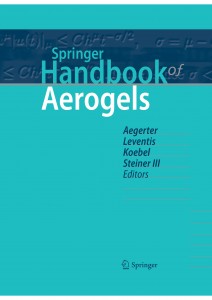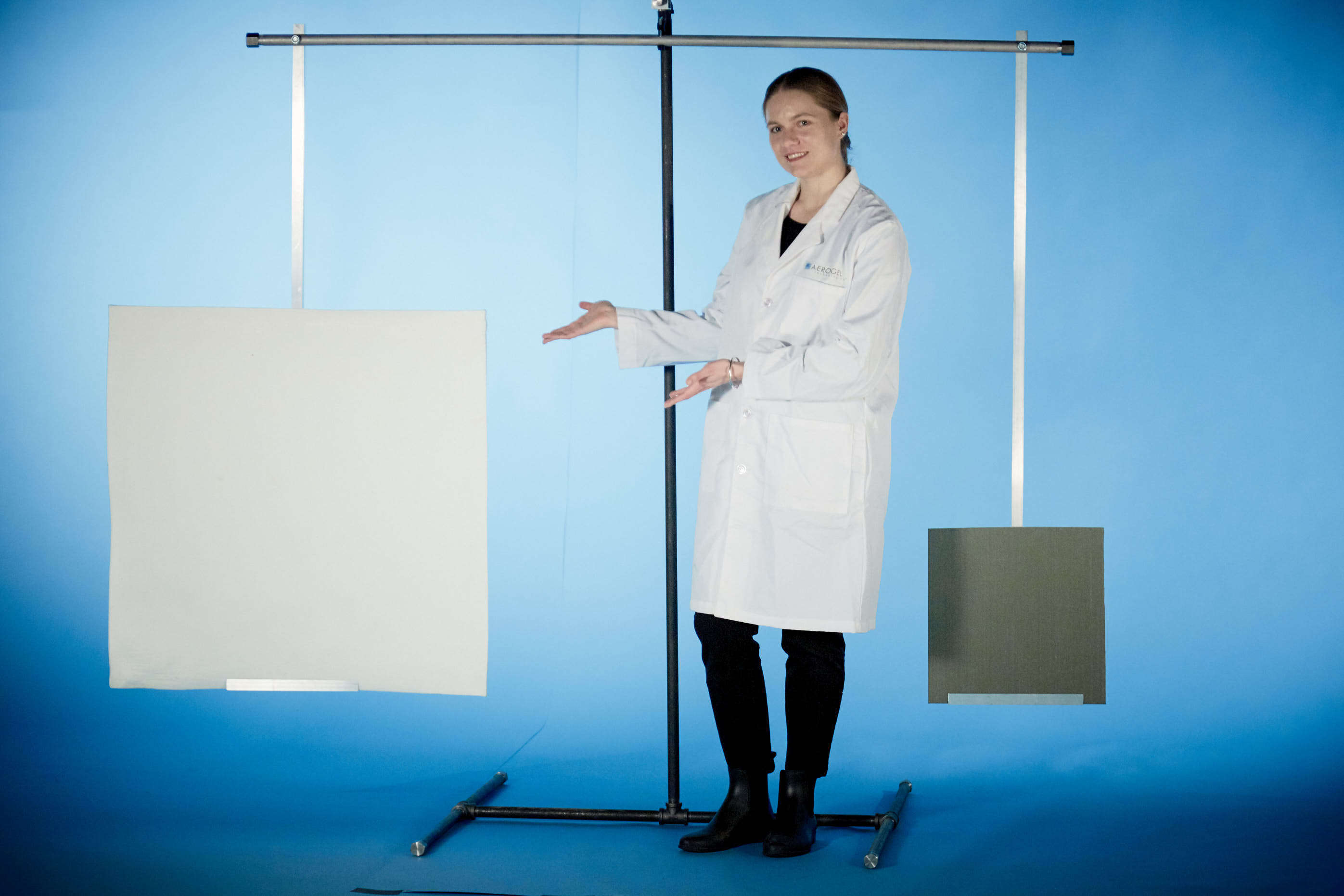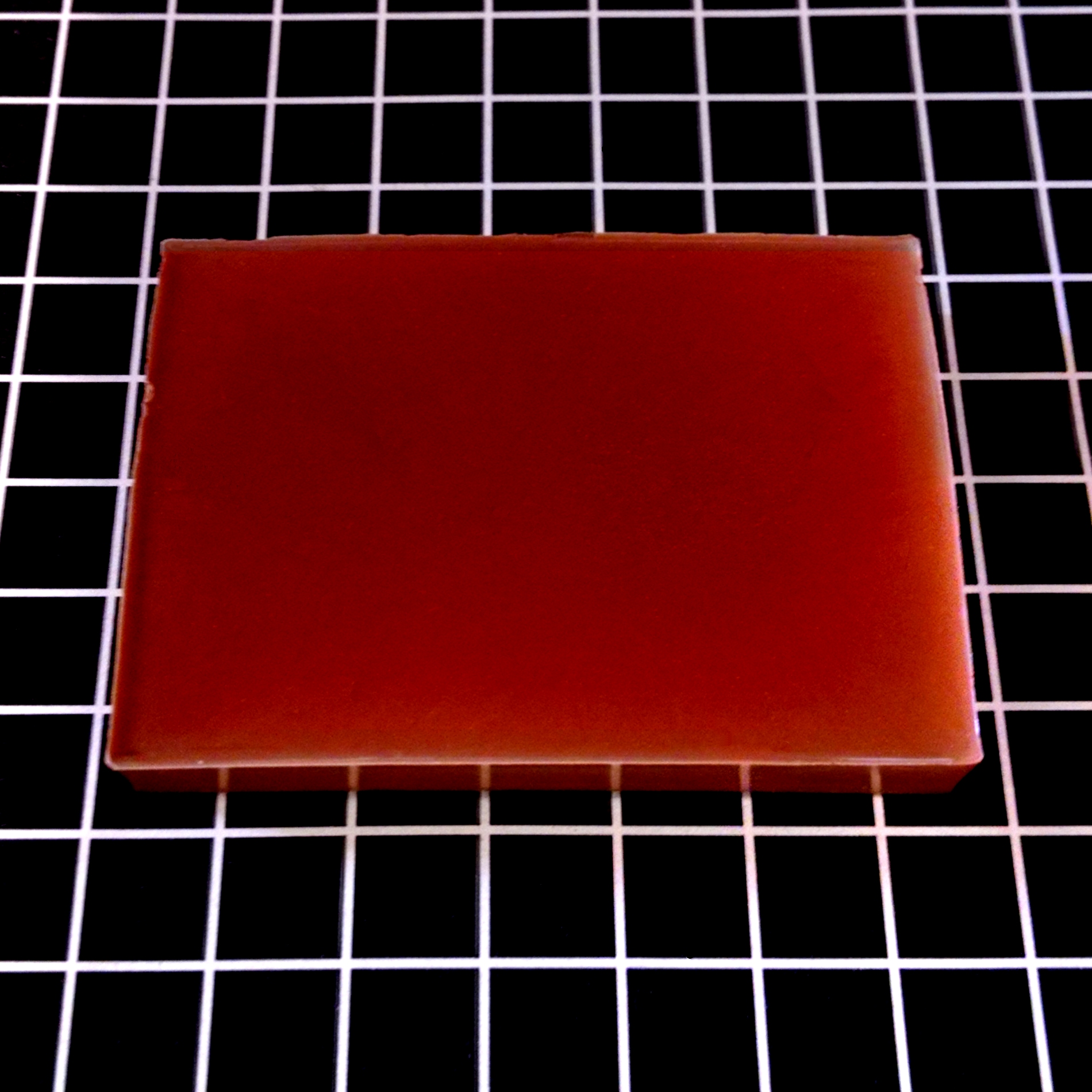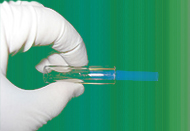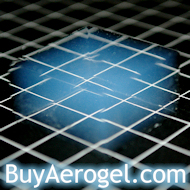Welcome to Open Source Aerogel
What, you may ask, is aerogel? Aerogels are the world's lightest solid materials, composed of up to 99.98% air by volume. Aerogels are a diverse class of amazing materials with properties unlike anything else. Transparent superinsulating silica aerogels exhibit the lowest thermal conductivity of any solid known. Ultrahigh surface area carbon aerogels power today's fast-charging supercapacitors. And ultrastrong, bendable x-aerogels are the lowest-density structural materials ever developed.
Welcome to Aerogel.org. Here you will find an encyclopedic reference about aerogels, how-to guides for making aerogels and building a do-it-yourself supercritical dryer, the world's most comprehensive aerogel image gallery, a podcast with the world's leading aerogel scientists, and more.
Aerogel's not just for NASA anymore. Welcome to open-source nanotech.

